Tells Irakli Yakobashvili,
otorhinolaryngologist, PhD
Chronic rhinosinusitis is an inflammation of the nasal mucosa and paranasal sinuses that lasts for more than 12 weeks. Depending on the location of the inflammation, it is also called sinusitis (inflammation of the maxillary sinus), ethmoiditis (inflammation of the latticed labyrinth), frontitis (inflammation of the frontal sinus) or sphenoiditis (inflammation of the sinuses of the sphenoid bone). It is generally recognized that chronic sinusitis is one of the most common diseases in the world. In the United States, 146 out of 1,000 people suffer from chronic rhinosinusitis.
In 2013, at the European Medical Center, almost one in four patients who went to an ENT doctor was diagnosed with chronic sinusitis of one kind or another. Inflammatory diseases of the nasal cavity can lead to a number of serious complications, including from the side of vision and the brain, and an assessment of the quality of life in patients with chronic sinusitis shows that the disease is as difficult for them as bronchial asthma or diabetes.
Based on the above, the relevance of accurate diagnosis of chronic diseases of the paranasal sinuses becomes obvious. Unfortunately, there are no strict diagnostic standards in Russian medical practice, as a result of which the assessment of the patient's condition by different ENT doctors may differ.
The specialists of the EMC Otorhinolaryngology Clinic adhere to clear standards developed by the international medical community in their work.
In 2007, the American Academy of Otorhinolaryngology issued recommendations with strict criteria for the diagnosis of chronic rhinosinusitis. According to these criteria, the symptoms of the disease include two or more of the following:
-
nasal congestion;
-
nasal discharge of a mucopurulent nature;
-
headache or facial pain, or feeling of heaviness;
-
olfactory disorder.
The symptoms should bother the patient for at least 12 weeks.
Additional studies are needed to confirm the diagnosis of chronic rhinosinusitis.:
-
computed tomography of the paranasal sinuses;
-
endoscopic examination of the nasal cavity.
If computed tomography has already become firmly established in the practice of most otorhinolaryngologists, many doctors underestimate the endoscopic examination of the nasal cavity.
In a reputable periodical Laryngoscope (USA) An article was published on the role of endoscopic examination in the diagnosis of chronic rhinosinusitis. In their work, the authors (Josef Shargorodsky MD, MPH, Neil Bhattacharyya MD, FACS) come to the following conclusions:
-
endoscopic examination makes it possible to significantly better assess the anatomy and condition of the nasal cavity, in comparison with anterior rhinoscopy (standard examination of the nasal cavity using a nasal mirror);
-
the presence of characteristic symptoms of the disease (indicated above) and the detection of changes during endoscopic examination of the nasal cavity (for example, purulent discharge or polyps in the middle nasal passage) is sufficient to establish a diagnosis and prescribe medication;
-
the sensitivity of this diagnostic method is 46%, and the specificity is 86%. These data suggest that endoscopy of the nasal cavity can reliably confirm the diagnosis, but cannot always exclude it;in many cases, at the initial stages of managing patients with typical complaints, there is no need to perform computed tomography of the paranasal sinuses, which reduces the radiation burden on the patient;if there are no signs of pathology in the nasal cavity, but there are continuing suspicions of chronic sinusitis, computed tomography is recommended as an exclusion method.Candidate of Medical Sciences, otorhinolaryngologist-surgeon shared his experience of using the endoscopic examination method. Irakli Yakobashvili, who leads the admission of adults and children to the EMC: "Indeed, endoscopic examination allows the doctor to see what is hidden behind the two-color contours of the CT scan results. In addition, in many cases, it allows you to demonstrate what you have seen to the patient in real time on a monitor. This is very simple, because the endoscope is flexible, small in diameter, and the patient feels almost nothing at the same time.Yes, computed tomography is important, but it is the endoscopic examination that allows you to get the detailed picture of the condition of the nasal cavity that is necessary to establish a complete and comprehensive diagnosis, assess the course of the disease and the effectiveness of treatment. That is why one of the advantages of treating ENT diseases in EMC is that our doctors use this method quite routinely."All rooms of the EMC Otorhinolaryngology Clinic are equipped with endoscopic examination equipment. The use of small-diameter flexible endoscopes and preliminary local anesthesia allow the procedure to be performed absolutely painlessly, in just 2-3 minutes.Author: Irakli Yakobashvili, otorhinolaryngologist, PhD
Was this information helpful?
Questions and answers
Ask a Question
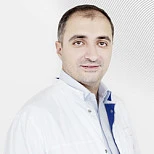






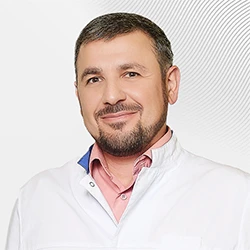

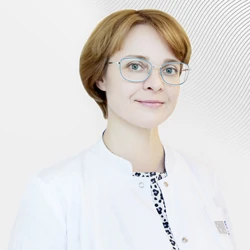
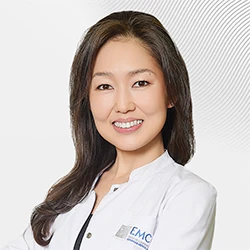
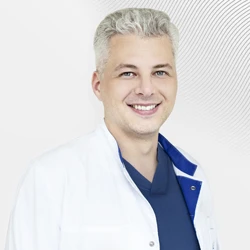

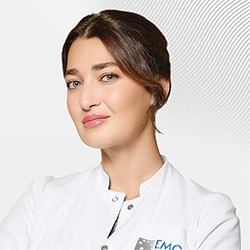
.webp)
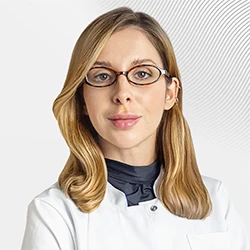
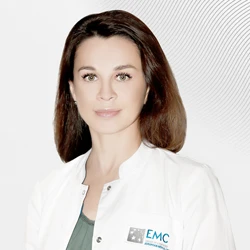
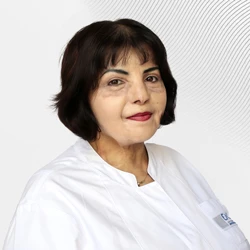
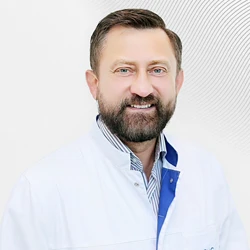
.webp)

